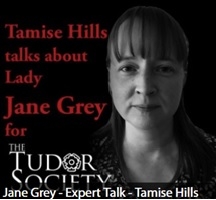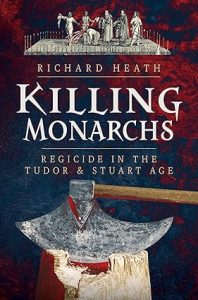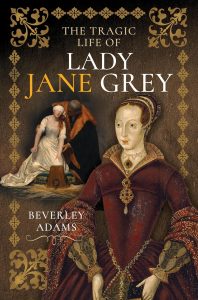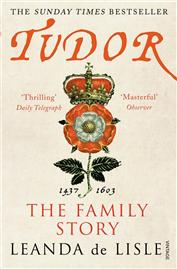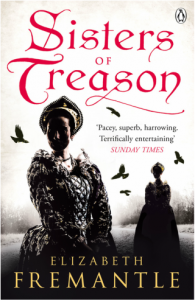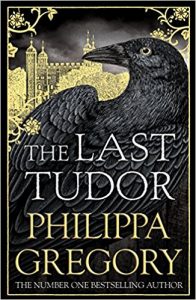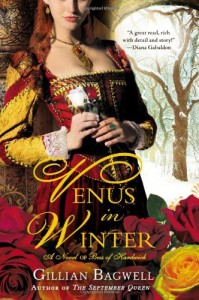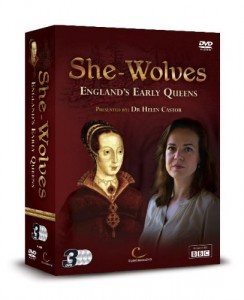30 August – The Race for Elizabeth I’s Throne: Rival Tudor Cousins by Beverley Adams
‘As the childless Elizabeth I lay on her deathbed, discussions over who would succeed her as ruler of England raged on amongst her advisors. The succession to Elizabeth’s throne was hotly debated throughout her reign (1558-1603) and despite having no direct heir, the queen refused to name her successor over safety concerns, being convinced a plot would be raised to oust her in favour of the heir. There were many contenders to the crown, but Elizabeth’s main rival was Mary, Queen of Scots but her Catholic faith and ill-advised marriage to fellow claimant Lord Darnley, against Elizabeth’s wishes, damaged her claim. Her claim was ended when the English queen had her Scottish counterpart executed in 1587. Other claims came from the Grey sisters Katherine and Mary, and later Margaret Clifford and Arbella Stuart. But the crown finally came to King James VI of Scotland, son of Mary and Darnley, in what was a smooth transition. His accession marked the end of the Tudor dynasty and the start of the Stuart era in England.’
Further details – Amazon.co.uk








